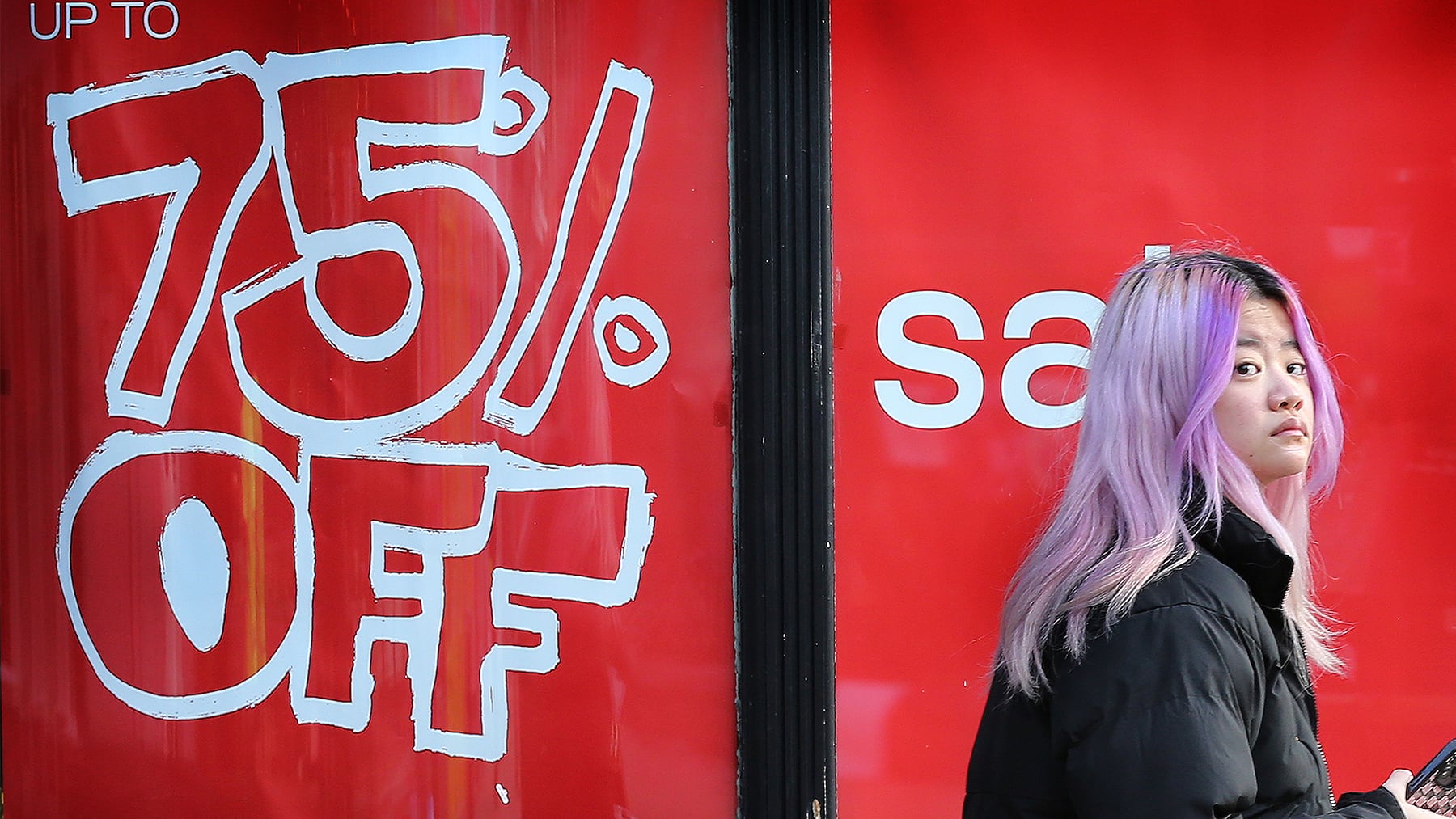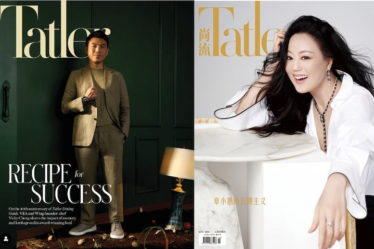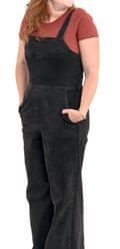
How much is too much to pay for a pair of jeans, anyway?
For Urban Outfitters, the American brand known for edgy casual wear popular among college students, the first sign was slipping sales. The real kicker was an answer directly from shoppers that prices are just too high.
“We’ve done a lot of research, and we heard very clearly that customers perceive us as expensive,” said Shea Jensen, president of the Urban Outfitters brand, in an August earnings call. “So, they believe that our prices are higher than they need to be.”
Last month, the company took action: it lowered prices by an average of 18 percent across over 100 styles in a bid to lure customers back into stores. It’s one of a growing number of brands that have resorted to lowering the retail prices of some products — rather than discounting seasonally — after years of getting away with raising prices as inflation swelled across categories.
Lately, consumers have had enough of sticker shock. Mounting credit card debt and a long period of high inflation certainly did not help — a marquee issue in the US presidential election that ultimately swayed the outcome. Pricing power, or the ability for retailers to raise prices without losing customers, is weakening, according to Z. John Zhang, a marketing professor at the University of Pennsylvania’s Wharton School of Business.
“Firms have been taking advantage of a period of inflation, where if one brand raises their prices because of factors beyond their control, consumers have been more forgiving,” said Zhang. “At some point, you can imagine that the customers are going to push back, and they’re going to say that this is way too much.”
Big box stores like Walmart and Target announced price reductions earlier this year, while H&M said it will be expanding its price range on both the lower and upper ends as part of an initiative to create more value for customers. Even luxury labels are confronting customer resistance to exorbitant price hikes following the pandemic. Kering-owned Saint Laurent, for instance, reduced prices on a few entry-level handbags, a move that remedies previous upticks that were too sharp, Barclays analyst noted in June.
Strategically lowering prices can be a healthier alternative to frequent discounts, which condition shoppers to always wait for a sale. This can be far more damaging to brand perception, analysts said. The challenge for retailers is nailing the tricky balance of reducing price tags without hurting the overall image of value.
The savviest players are not lowering prices across their entire offering but selecting special products to mark down or creating a separate budget-friendly line. Lowering prices of entry-level items such as accessories is one option; personalised offers using e-commerce data is another.
Prices alone won’t be enough to bring customers back into stores, said Zhang. The key is to create an overall sense of value and respond to what customers are actually coveting.
Urban Outfitters knows this. Its focus on pricing will be accompanied by a new product strategy that will reach a wider audience of consumers, Jensen said, hopefully including those who reside in the suburbs and take fewer fashion risks serving Urban Outfitter’s signature grunge aesthetic. This means potentially introducing more athleisure pieces, for instance.
Strategic Markdowns
Experts say that introducing a separate low-cost line designed with the price-sensitive shopper in mind can mitigate the brand-eroding effects of markdowns. For example, Uniqlo’s sister brand GU, which was founded in Japan in 2006 but launched in the US this year, targets younger and more price-conscious shoppers by offering lower prices than Uniqlo, but with a similar assortment of easy-to-wear wardrobe staples.
For brands without the resources to tap into a new supply chain for cheaper items, merchandising existing inventory with margin flexibility — such as accessories and closet essentials like T-shirts — can serve the same purpose.
Some retailers, including Uniqlo, Ralph Lauren and even Armani, have been able to pass on savings to customers with multi-buy deals on essentials such as socks, underwear and baby onesies. By bundling items, labels can effectively lower prices without hurting their brand image.
For brands unable to permanently lower prices, a shift in markdown language may be enough.
“Moving away from words like ‘sale’ or ‘outlet,’ which customers associate with last season stock or excess inventory, can have a great impact,” said Kayla Marci, senior retail analyst at Edited. “[Using new language] can maintain an image of a brand that isn’t discounting as frequently or is seen as a value or low-cost retailer.”
Inditex’s Zara uses the term ‘special prices,’ which communicates to readers the value of the brand without a red sale banner on the site, Marci added.
A Personal Touch
The secret to successfully discounting without damaging brand equity can, for some labels, lie in the troves of data they collect from customers when they shop online.
Digital loyalty, according to Mohit Mohal, partner and managing director at consumer and retail group Alvarez & Marsal, is crucial. The way brands can cultivate this kind of loyalty is by utilising a customer’s previous purchases to determine what they are likely to buy next and tailoring a brand’s e-commerce platform to each customer.
Platforms like Amazon.com are especially successful at personalising the landing page according to the tastes of the consumer, said Mohal.
Brands without sophisticated technical platforms can still use consumer data to offer personalised discounts and recommendations through loyalty programmes. This, Mohal says, is more likely to drive profits, than blindly discounting.
This kind of personalisation can also happen in brick-and-mortar retail, though not specific to each individual customer, said Mohal. For example, labels could offer different types of discounts and promotions in stores located in affluent neighbourhoods compared to middle- or low-income neighbourhoods, achieving the same purpose.
Los-Angeles based brand Lisa Says Gah, has decided to forgo holding sales on its website and stores, opting instead for special events like bi-annual sample sales, where staff can build a more personal relationship with shoppers. Founder Lisa Bühler said she hopes this will encourage more customers to shop the brand at full price between sales.
Near Luxury
For some brands, being in close proximity to more expensive brands can be an effective way to maintain brand equity.
Inditex has been cross-selling its brands Zara and Massimo Dutti on the same site. This move changes the pricing perception of Zara when it is next to Massimo Dutti’s more premium products.
“So it does kind of help the illusion that Zara is more affordable and it definitely is more affordable when it’s compared to products at Massimo Dutti,” said Marci. This strategy can effectively drive sales at Zara without the brand having to rely on discounting.
Similarly, Marci said H&M Group’s strategy to photograph H&M items in a similar manner to its more upscale line COS has an elevating effect.
Ultimately, compelling products that are desirable will always trump cost.
Labels such as Old Navy and J Crew, have overhauled their image in recent years, through a “designer-led and fashion-forward” approach, Marci said, bringing the lines closer to a more luxurious offering without the sticker price.
“In order to succeed, brands must balance a fashionable product that’s in good quality with a good price,” she added. “And a lot of the time, retailers will only focus on two of these things and not all of them. That is where the trouble begins.”


